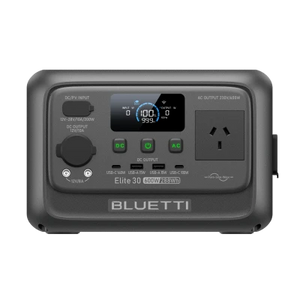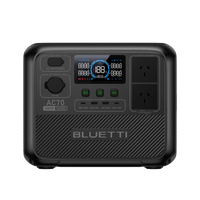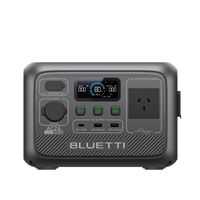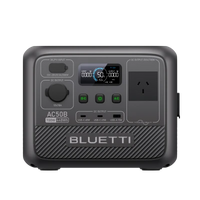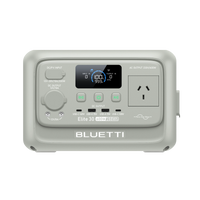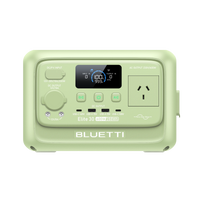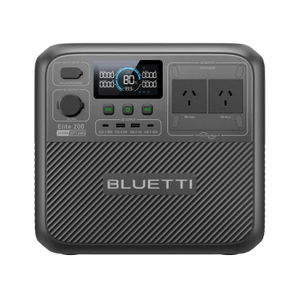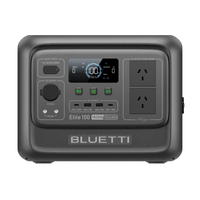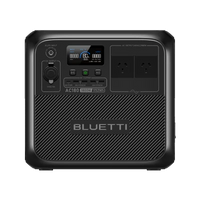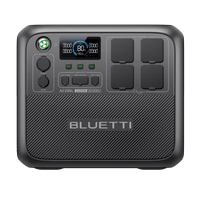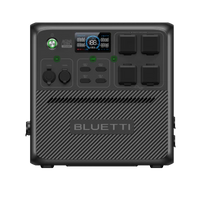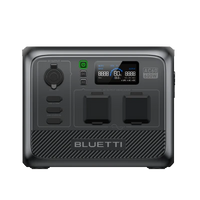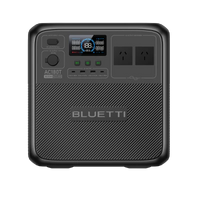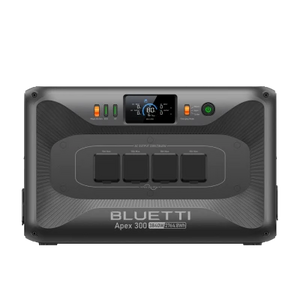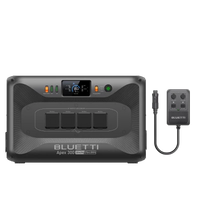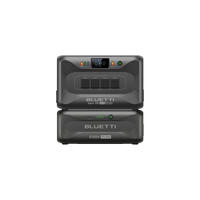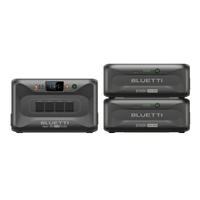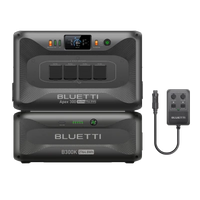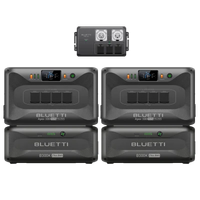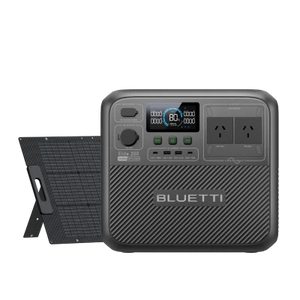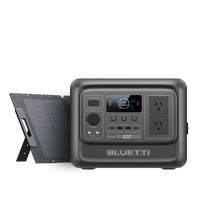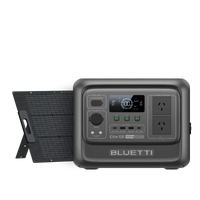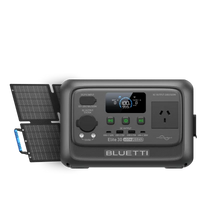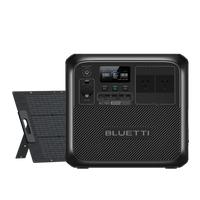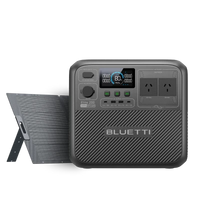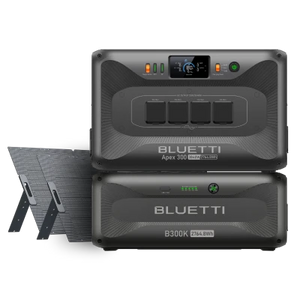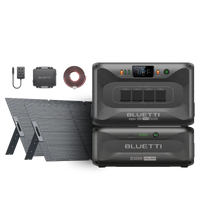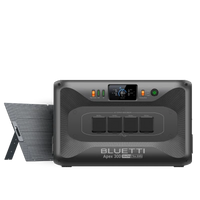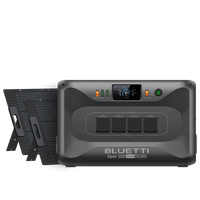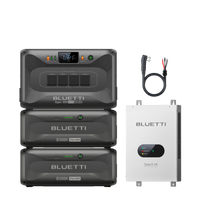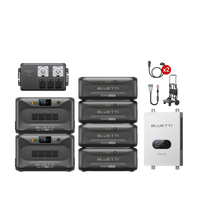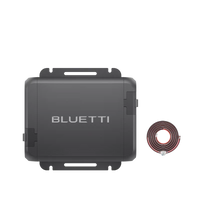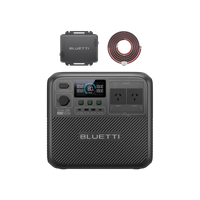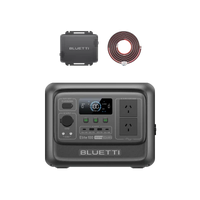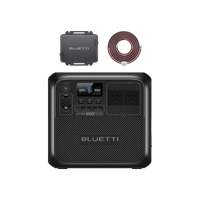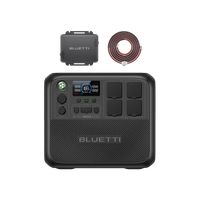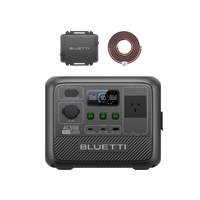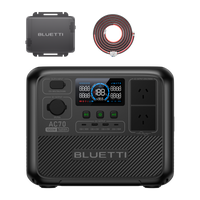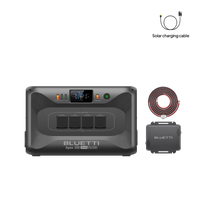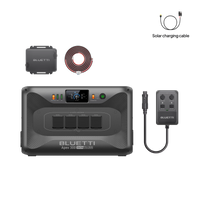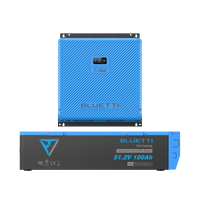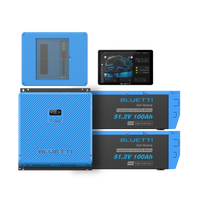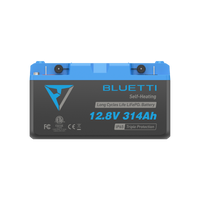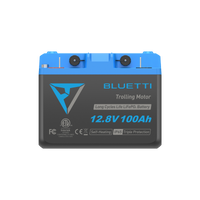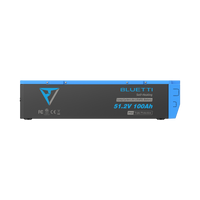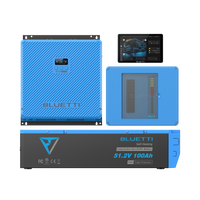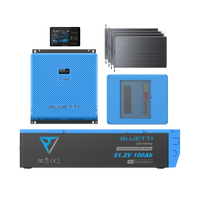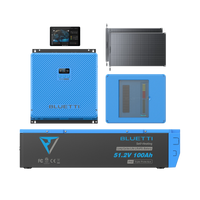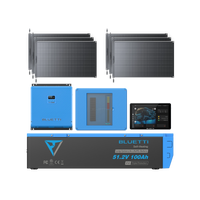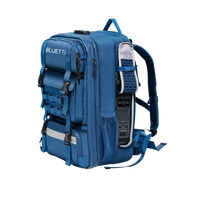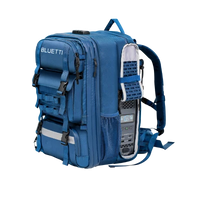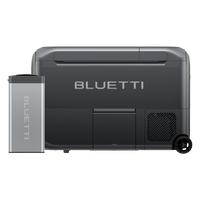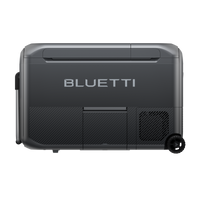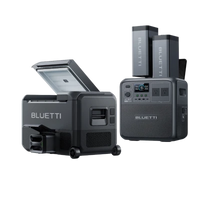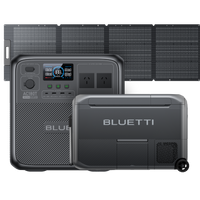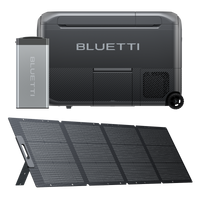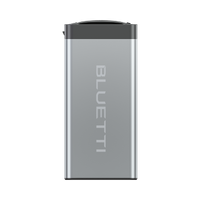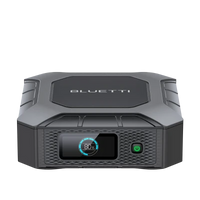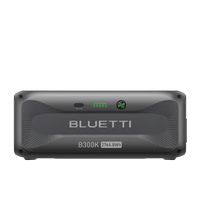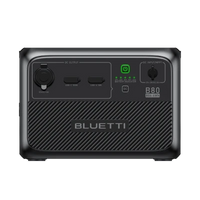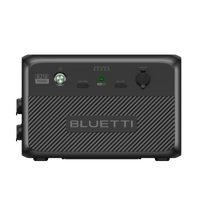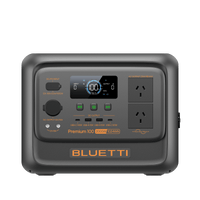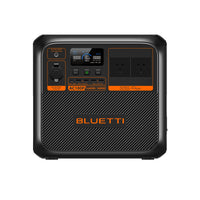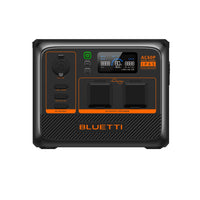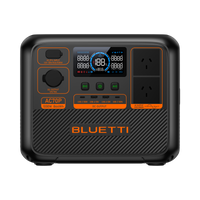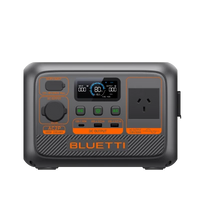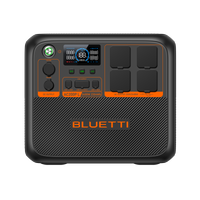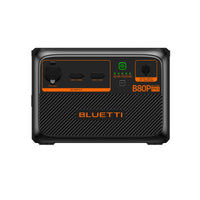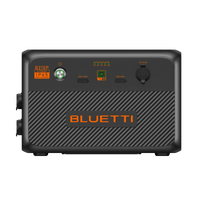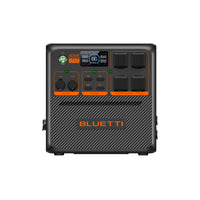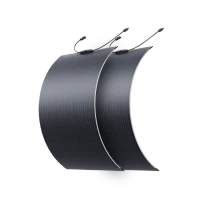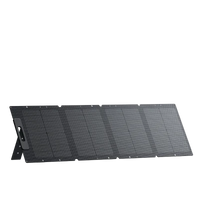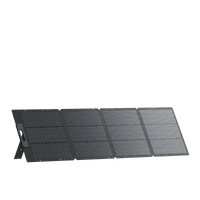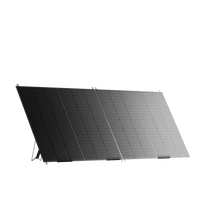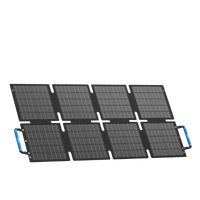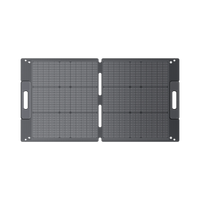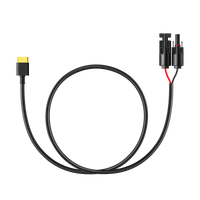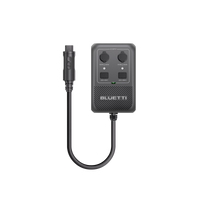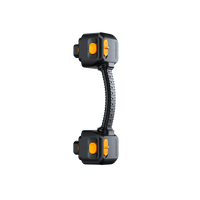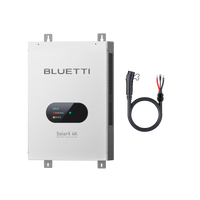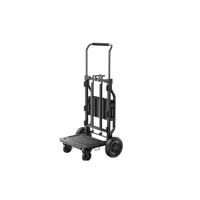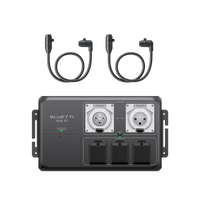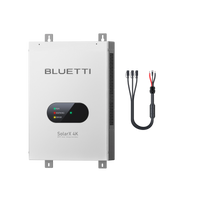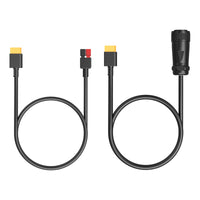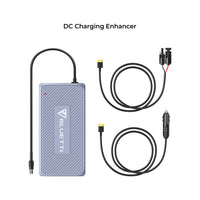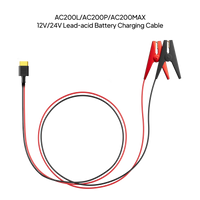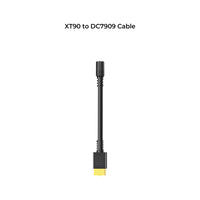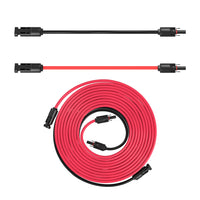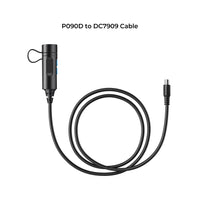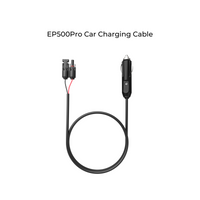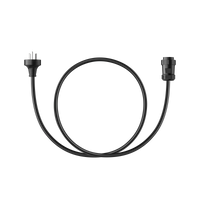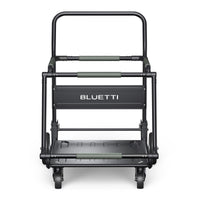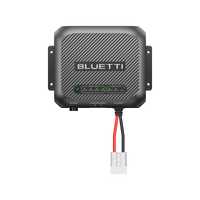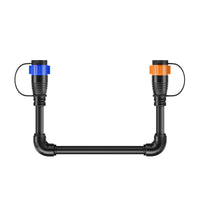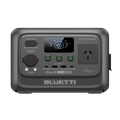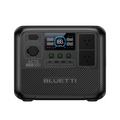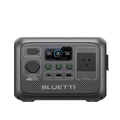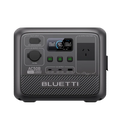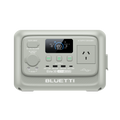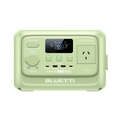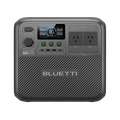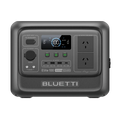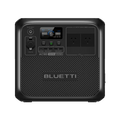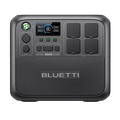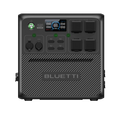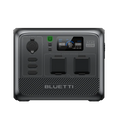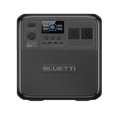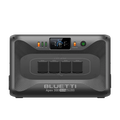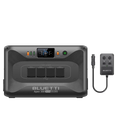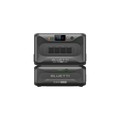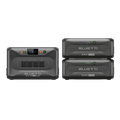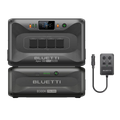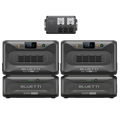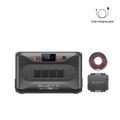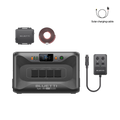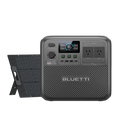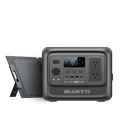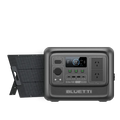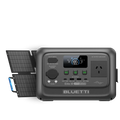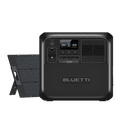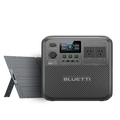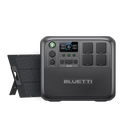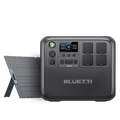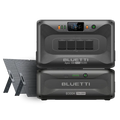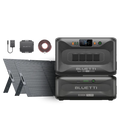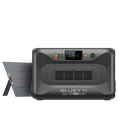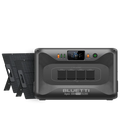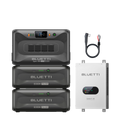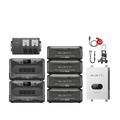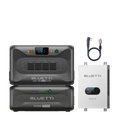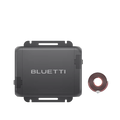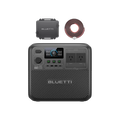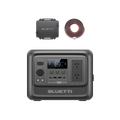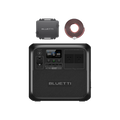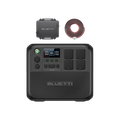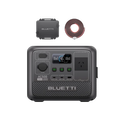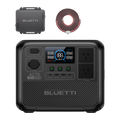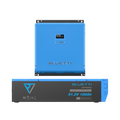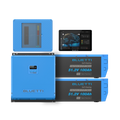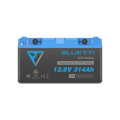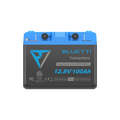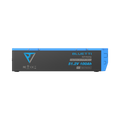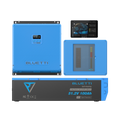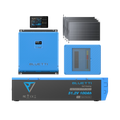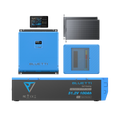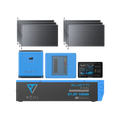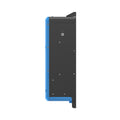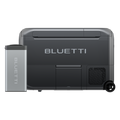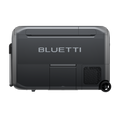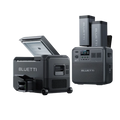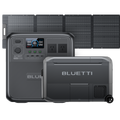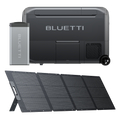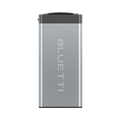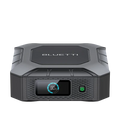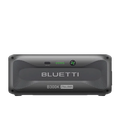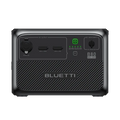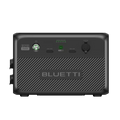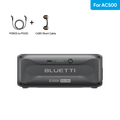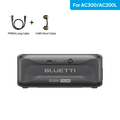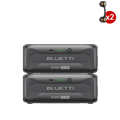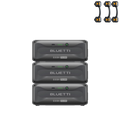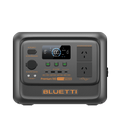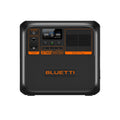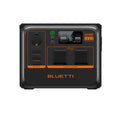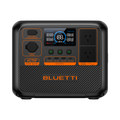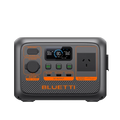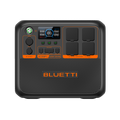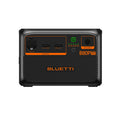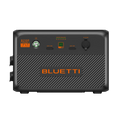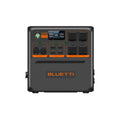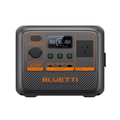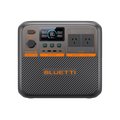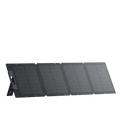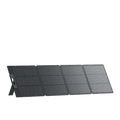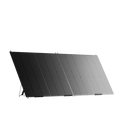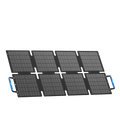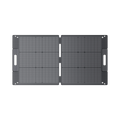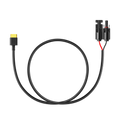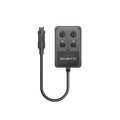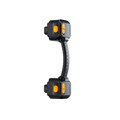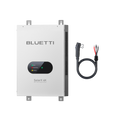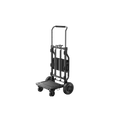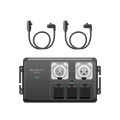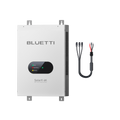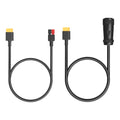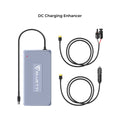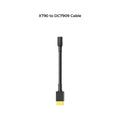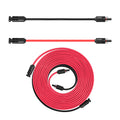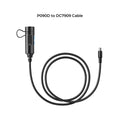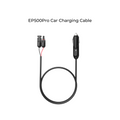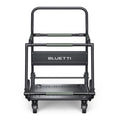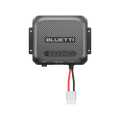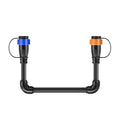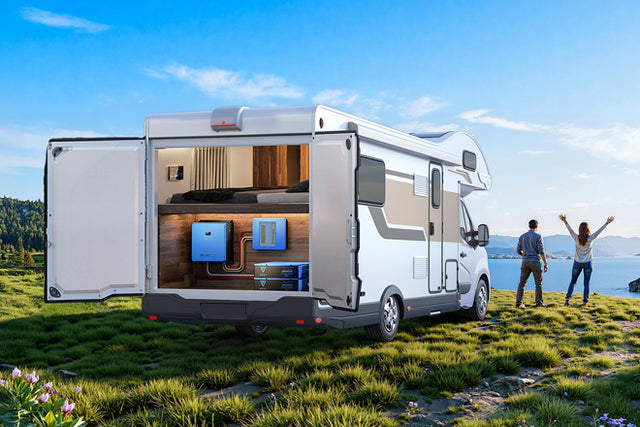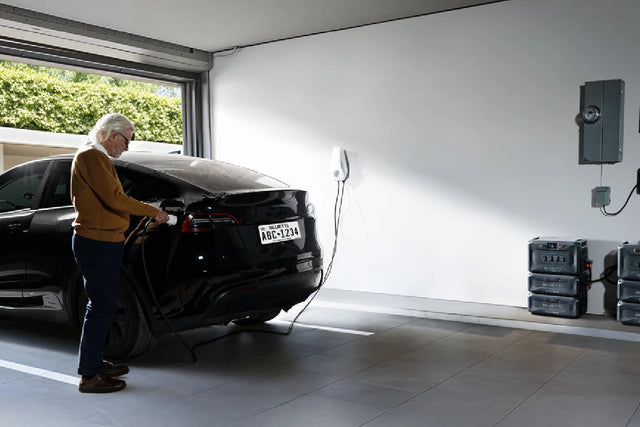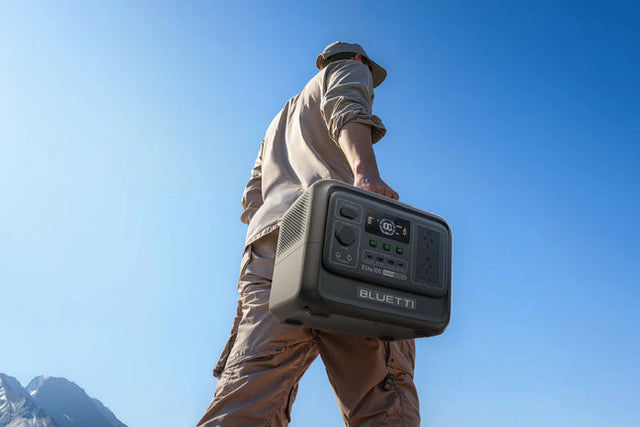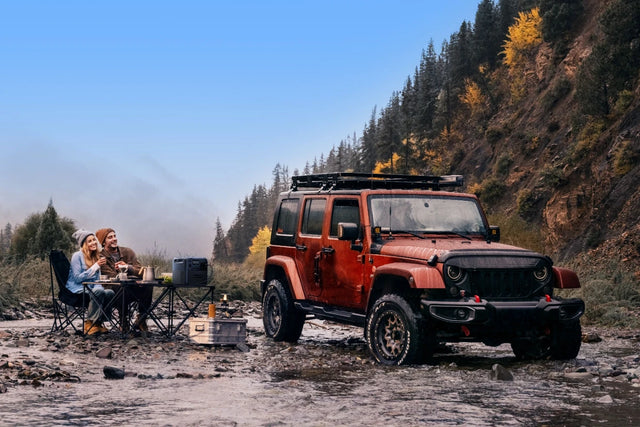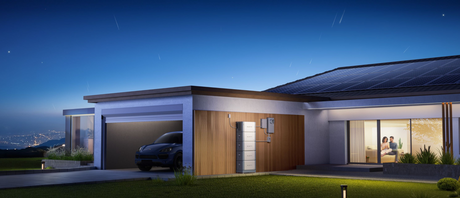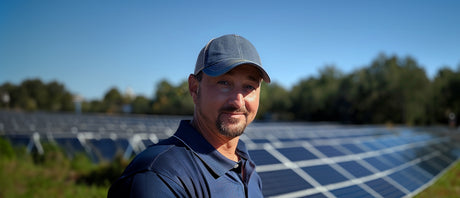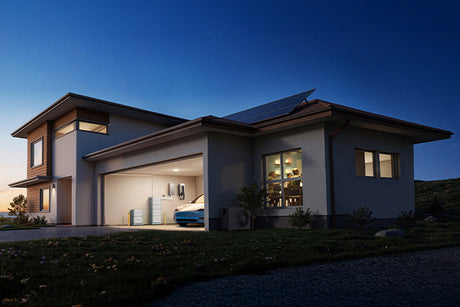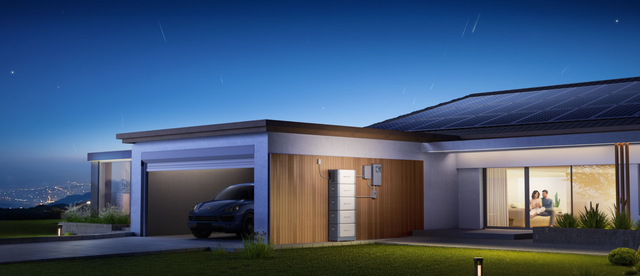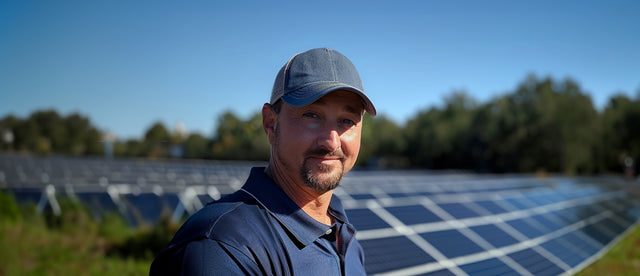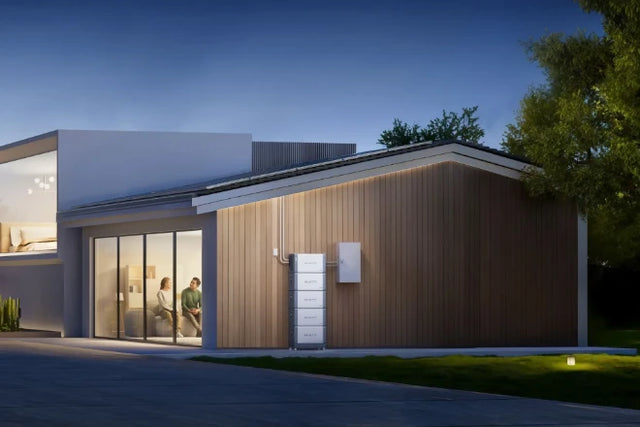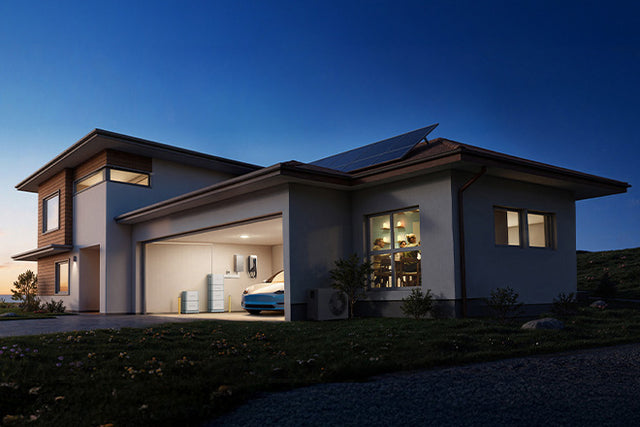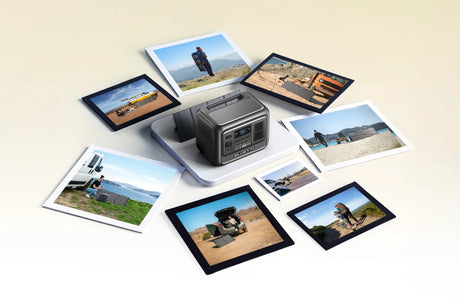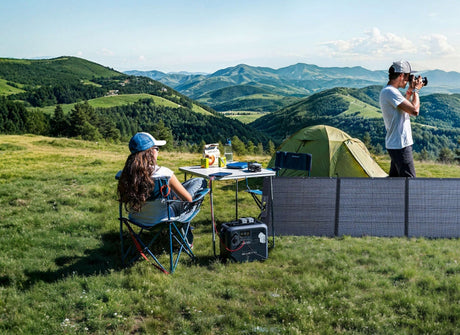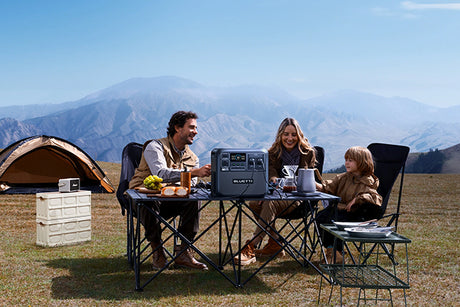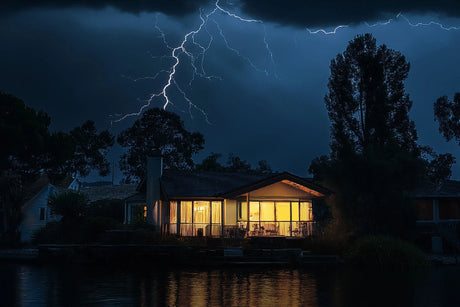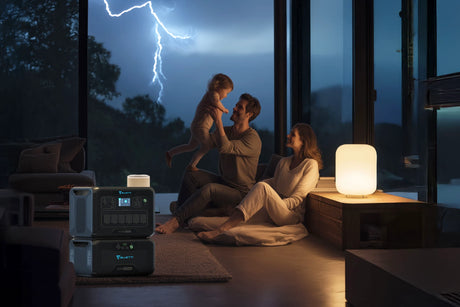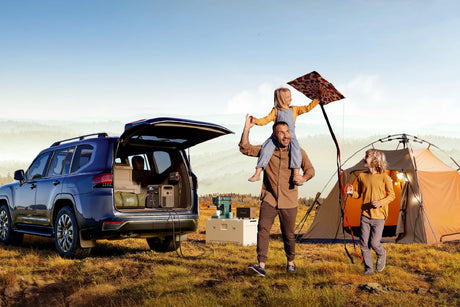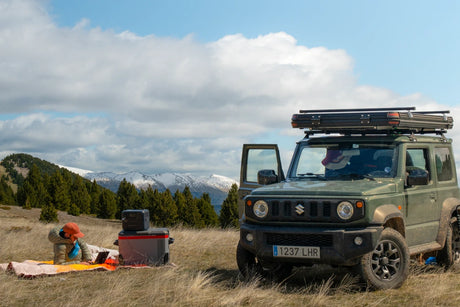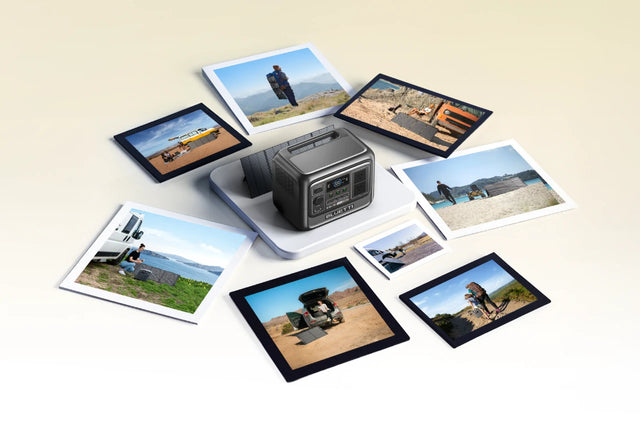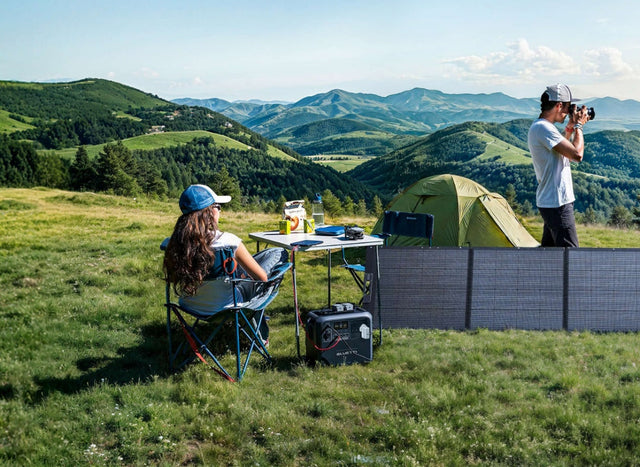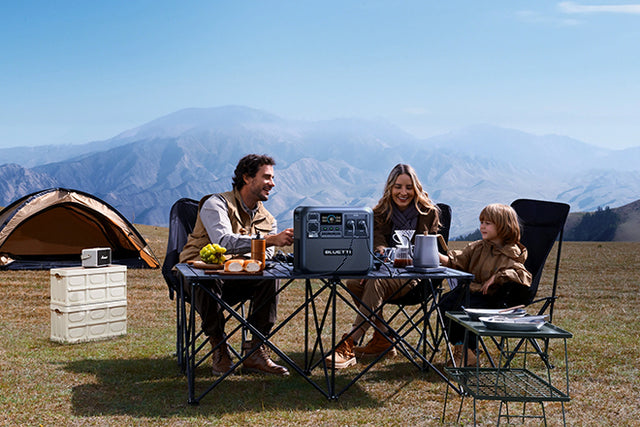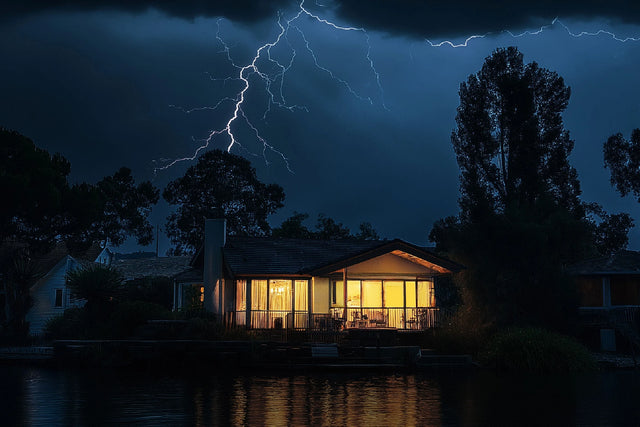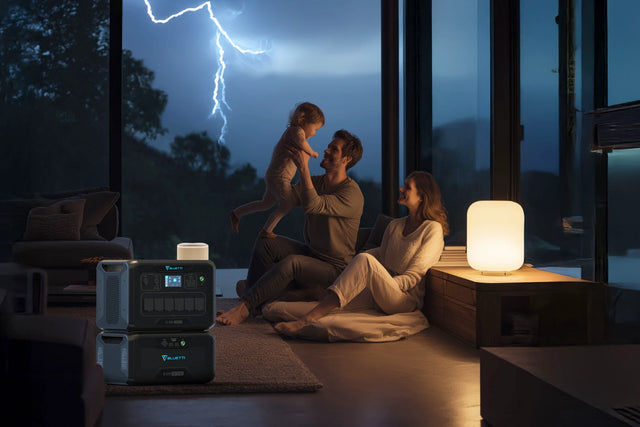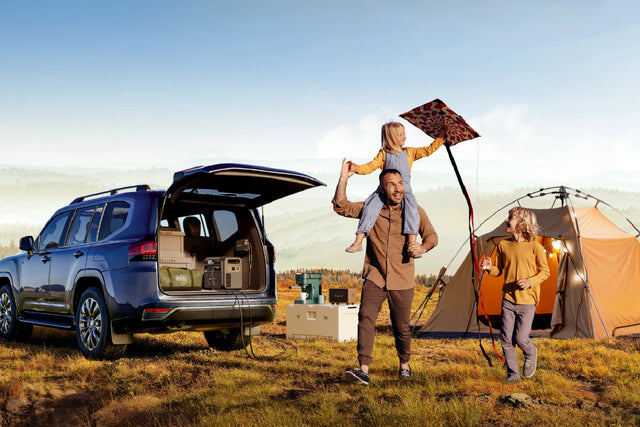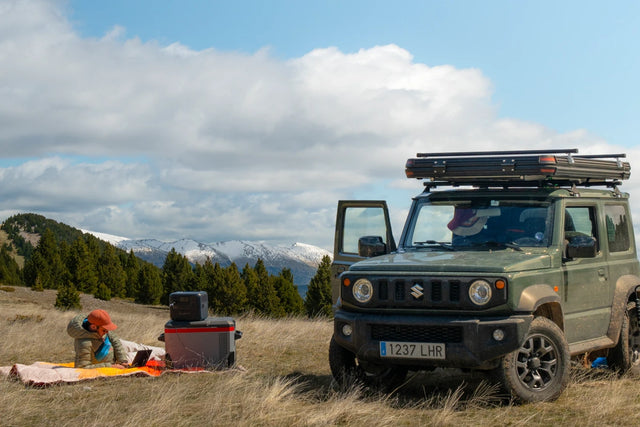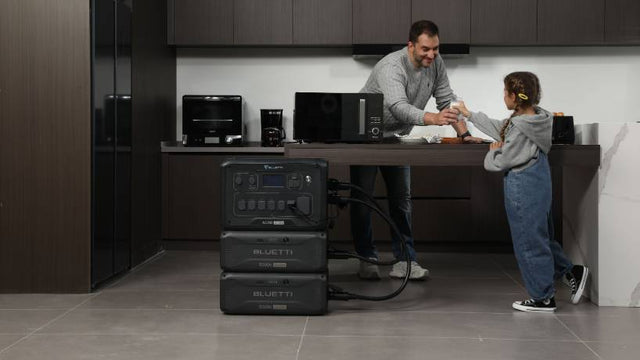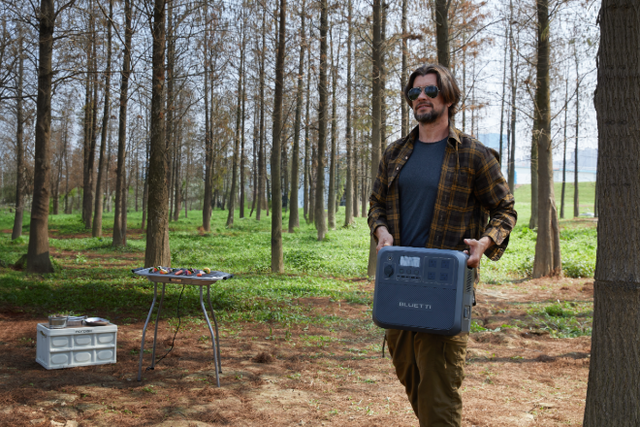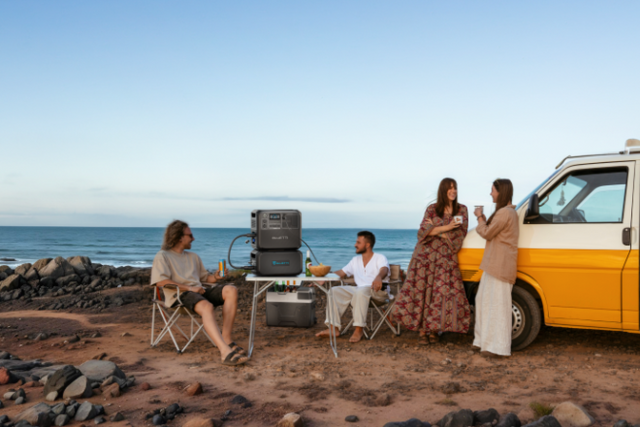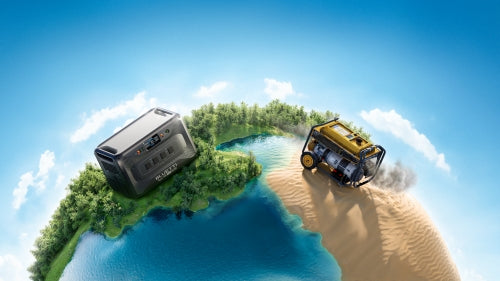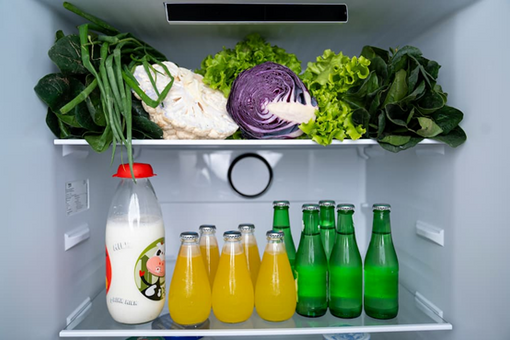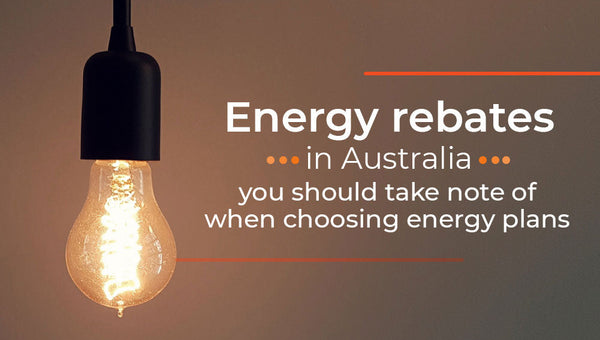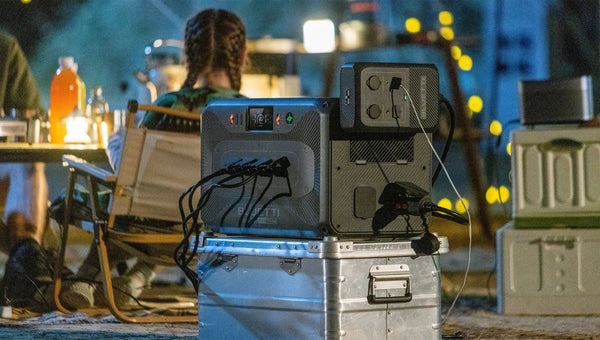Going off-grid in a caravan is all about freedom and immersing oneself in the serenity of nature. However, you need a reliable, efficient, and sustainable power source for your journey – this is where solar energy comes in.
If you are looking to power your off-grid caravan with a solar system, here is a practical guide for you. In this article, you’ll learn the key parameters and details to have a sustainable solar power source in place. Let’s get started.
How to Assess Your Off-Grid Power Needs
Here is arguably the most vital baseline for powering your caravan off-grid, regardless of the season, distance, or the products under consideration. A quick heads-up before we explore further is that you may need basic arithmetic calculations. However, this has been explained in the simplest terms possible.
The first thing is to understand your basic formula, which you can always return to for a quick reference, as listed below:
- Watt-hours (Wh) per day: This refers to your wattage (W) multiplied by hours used per day (h).
- Kilowatt-hours (kWh): This means your Wh divided by 1,000.
- Battery amp-hours (Ah) at nominal 12 V: This means Wh divided by 12.
- For inverter users, you may need to account for inverter loss: This is the adjusted Wh, which is AC Wh divided by inverter efficiency.
How Do I Calculate My Energy Consumption?

As a camper, a typical baseline appliance for determining your energy consumption and gaining insight into the best off-grid caravan solar system is a 12V compressor fridge. Most modern 12V compressor ridges require between 40 and 100 W of power while working, with a typical duty cycle often between 25% and 40%, depending on the ambient temperature and insulation.
To calculate your ideal energy consumption, assuming 60 W running power at a 30% duty cycle,
- Daily Wh = 60 W x 24 h x 0.30 = 432 Wh/day + 0.432 kWh per day.
- For battery Ah = 432 ÷ 12 = 36 Ah/day
For one AC, Wh = 1500 W × 0.1 h = 150 Wh, you can adjust for the inverter, depending on its efficiency. Assuming it has a 90% efficiency, you calculate battery Wh as 150 divided by 0.90 = 167 Wh. In this case, the battery Ah on 12V = 167 ÷ 12 ≈ 13.9 Ah.
A Common Off-Grid Caravan Appliance Power Draws
|
Appliance |
Typical rating (W) |
Typical daily use |
Typical daily energy (Wh/day) |
|
12 V compressor fridge (small) |
40 – 100 W (while running) |
24 h × 30% duty |
≈ 288 – 720 Wh/day (example 60 W ×24×0.3 = 432 Wh) |
|
Caravan roof A/C (240 V) |
1,000 – 2,000 W (running) |
4 h (AC use) |
4,000 – 8,000 Wh (4–8 kWh) |
|
Microwave (AC) |
700 – 1,200 W |
0.08 h (5 min) |
56 – 96 Wh (average depends on power setting) |
|
Electric kettle (AC) |
1,000 – 2,200 W |
0.1 h (6 min) |
100 – 220 Wh |
|
12 V LED interior lights |
2 – 6 W per fitting |
4 h × 4 fittings = 16 total |
32 – 96 Wh/day |
|
12 V water pump |
30 – 150 W (typical ~60–90 W) |
15 min total/day (0.25 h) |
7.5 – 37.5 Wh |
|
12 V TV (small LED) |
20 – 60 W |
3 h/day |
60 – 180 Wh/day |
|
Laptop |
30 – 90 W |
4 h/day |
120 – 360 Wh/day |
|
Phone charging |
5 – 10 W |
2 h/day |
10 – 20 Wh/day |
|
Portable fan |
20 – 50 W |
4 h/day |
80 – 200 Wh/day |
NB: All the figures provided are ranges. A specific figure, depending on your manufacturer and model, may differ slightly. So, you are best advised to use the manufacturer’s specification for precise sizing.
Key Factors to Consider in Your Personal Energy Calculation for Off-Grid Caravan
While the calculation above provides insight into determining your potential daily energy consumption for off-grid camping, several other factors can also influence it. Such factors include:
- Travel Patterns
From driving days to stationary days with sun and camp nights, and even cloudy or winter days, these factors could influence your decision. For instance, driving days that involve alternator charging can top up the battery as you move. In this period, you can use the power for short periods.
Meanwhile, having a solar panel plus a battery for your caravan can cover daytime and evening consumption during sunny adventures. During windy or cloudy nights, you are best advised to rely on a battery reserve or a generator to increase battery capacity and reduce loads.
- Weather and Solar Variability
Given that solar resources vary in Australia and many other countries, it is best advised to produce between 3.5 and 5 kWh per day per 1 kW of installed solar capacity. However, bear in mind that this depends on your location and the season. You can consult the Bureau of Meteorology solar exposure maps for local monthly averages to understand what you can expect.
Essential System Components to Keep in Mind
Before setting up an efficient power source for your caravan off-grid, it is essential to understand the key components to consider and their contributions to the overall system. Learn about them below:
- Solar Panels
Here is an integral part of your off-grid caravan solar system, which harnesses the sun's energy for you and converts it into DC electricity. Depending on your energy consumption, you can use panels ranging from 100 to 400 W for your caravan. Additionally, consider using portable, fold-out, or roof-mounted options. The more panels you have, the faster your battery recharges, which could be helpful on cloudy days.
- Charge Controllers
Depending on your budget, you can go for one of two types of charge controls. The first is Pulse Width Modulation (PWM). This option is cheaper, simpler, but less efficient compared to Maximum Power Point Tracking. The MPPT is more expensive but offers 30% more energy extraction from the panels, especially during cloudy seasons.
- Batteries
This energy-storing system is available in various options for an off-grid caravan solar system. Use the comparison table below to assess your options and determine the best pick for yourself:
|
Battery Type |
Weight (per 100 Ah) |
Approx. Cost (AUD) |
Lifespan (cycles @80% DoD) |
Usable Depth of Discharge (DoD) |
|
Lithium (LiFePO₄) |
~12–15 kg |
$800–$1,200 |
2,000–5,000 |
80–90% |
|
AGM (Absorbed Glass Mat) |
~28–32 kg |
$300–$500 |
500–1,000 |
50% |
|
Flooded Lead-Acid |
~28–32 kg |
$200–$400 |
300–600 |
40–50% |
|
Gel Lead-Acid |
~28–30 kg |
$350–$600 |
500–1,200 |
50–60% |
A few quick tips to keep in mind are the duration and frequency of your off-grid camping. For occasional campers, consider an AGM or gel battery, especially if you use powered sites. A more frequent off-grid camper may choose lithium batteries for their longer lifespan and lighter weight. As a baseline, you should size your inverter and wiring to match the capability of your preferred battery.
- Inverters
These systems help convert your DC battery power (12 V) to AC (240 V) to power your household appliances. A key fact to consider about inverters is that pure sine wave inverters are generally more suitable for sensitive electronics.
- DC-DC Chargers
Another essential component of your off-grid caravan solar system is the DC-DC charger. They charge your caravan battery from the vehicle's alternator without issues. The chargers are also efficient, especially in modern vehicles that limit alternator output.
- Monitoring Devices
While this component is negotiable, the monitoring device comes in handy for determining the amount of power being produced, stored, or used. Some classic monitors show voltage. In contrast, contemporary versions provide information about the current state of charge and energy flow to and from the battery. This can help prevent issues such as waking up to a flat battery.
How You Can Design and Install Your Off-Grid Caravan Solar System
Now that you are more informed about off-grid caravan solar systems, including how to calculate energy consumption and the key components to have, let’s discuss the specifics of the setup. You can follow the simple guidelines below:

Room-mounted System
Step 1: Survey your caravan roof and inspect the strength, roof material, and shading.
Step 2: Choose your panel size, depending on your caravan roof survey outcome, and plan the orientation – you may add small tilt brackets for a winter boost.
Step 3: Determine the location of your charge controller, considering your preferred form and the available space near the battery.
Step 4: Route the panels using cables from the roof down to the controller, taking the shortest possible route. At this point, you should avoid sharp bends or doors.
Step 5: Position your DC fuse or breaker close to the battery positive and add an isolator switch in an accessible spot.
Step 6: Place your battery low and centrally for optimal weight distribution, ensuring good ventilation and clearance.
Step 7: Test your solar panel open-circuit voltage and check your charge controller boot-up before sealing the roof entries.
Step 8: Design a wiring diagram and note the component after labelling the DC circuits.

Portal Panel System
Step 1: Position your panels where they can get the most exposure to the sun – you can use an integrated stand.
Step 2: Use the supplied weatherproof connectors while keeping the cable run shorts between panels and the charge controller.
Step 3: Secure your panel stand in place and set it up to fold away from sharp objects or high heat.
Step 4: Add a slight extension lead and a secure theft-prevention plan to extend your panel to a sunny spot when you park in the shade during a sunny day.
Step 5: Wipe clean and fold after use.
Power Your Off-Grid Adventures with BLUETTI RVSolar
For travellers who want to leave the noise, fumes, and limits of fuel generators behind, the BLUETTI RVSolar 48V Power System brings modern energy freedom to caravans and RVs.
Why it’s built for the road:
-
5,000W Output: Run your A/C, microwave, or coffee maker—all at once.
-
Long-Life Battery: Advanced LiFePO₄ cells with 6,000+ cycles for 10+ years of reliable power.
-
Charge Anywhere: Harness up to 1,800W solar, 1,200W alternator, or 5,000W shore power.
-
Plug-and-Play Setup: Simple installation for first-time RV owners.
-
Quiet, Fume-Free Power: Enjoy nature without the noise of a generator.
-
Road-Ready Design: UL-certified, IP65-rated, and built to handle rough terrain.
-
Smart Control: Manage energy via E-Pad or the BLUETTI App.
With RVSolar, off-grid travel becomes easier, cleaner, and more connected—wherever the road takes you.
How Best to Optimize and Maintain My Off-Grid Caravan Solar System
Considering the cost and effort that go into setting up your off-grid caravan solar system, it’s best to ensure longevity using cost-saving strategies and simple maintenance hacks. Below are some tips that can help you boost and maintain your investment for long-term use:
- Keep solar panels clean: Here is a no-brainer advice, as tree sap, bird droppings, and dust can reduce the efficiency of your solar system considerably. Hence, you should use a soft, clean cloth and mild water to wipe the panel surface regularly, especially after camping on a dusty road.
- Look out for shades regularly: Before parking your caravan, check whether a tree branch, roof, or any other shadow is not blocking your panel. It can also significantly reduce your panel output. Alternatively, you can park your caravan in the shade and move your portable panel into direct sunlight.
- Prioritize MPPT controller: If you have the budget, an MPPT charge controller can extract more power from your panels. It is especially beneficial during late afternoon, cloudy weather, or early morning recharge. The efficiency is worth the high cost for long-term use.
- Assess your batteries: Unless you are using lithium-based batteries that are designed for frequent use, use your battery strategically. Specifically, it is recommended to keep lead-acid batteries above 50% charge when possible. This can prolong its lifespan.
- Size your cable correctly: To avoid power wastage and voltage drop, it is best to use thick wires. Alternatively, consider using a cable gauge that is recommended for the distance and amps of your system. Additionally, keep the cable run as short as possible for optimal performance.
- Monitor the system: As stated earlier, using a tracking device to monitor your battery is helpful. It can prevent unpleasant surprises such as a flat battery.
- Engage in routine inspections: Many users neglect solar system inspection to their own disadvantage. Checking the connections, terminals, and inspecting fuses can save you significant costs. You can copy the professional maintenance routine below or modify it for your personal use.
|
Task |
Frequency |
What to Do |
Why It Matters |
|
Solar Panel Cleaning |
Monthly or after dusty/rainy trips |
Wipe the panels with a soft cloth and mild, soapy water; avoid using harsh abrasives. |
Keeps panels efficient by removing dirt, dust, and bird droppings. |
|
Visual Panel Inspection |
Monthly |
Check for cracks, shading, or loose mounts. |
Prevents long-term damage and energy loss. |
|
Battery Health Check |
Every 3 months |
Use a monitoring device to check voltage, charge cycles, and capacity. |
Ensures batteries charge and discharge properly, extending their lifespan. |
|
Cable & Connection Inspection |
Every 6 months |
Inspect for corrosion, loose wires, or frayed insulation; tighten the terminals. |
Maintains safe and efficient power flow. |
|
Inverter & Charge Controller Test |
Every 6 months |
Confirm devices switch on properly and show regular status readings. |
Prevents unnoticed faults and power interruptions. |
|
System Performance Review |
Yearly |
Compare energy production vs. usage using a monitoring device or app. |
Helps plan upgrades or adjustments for better efficiency. |
|
Firmware/Software Updates |
Yearly (if supported) |
Update inverter, charge controller, or monitoring apps. |
Improves performance and fixes bugs. |
Best Backup and Hybrid Solutions to Consider

Aside from the professional tips and advice above, you can also lengthen your off-grid caravan solar system’s lifespan by having backups and hybrid solutions. Some top recommendations to consider include:
Portable Generators
Most experienced campers have quiet and small portable generators, such as the BLUETTI Apex 300+B300K+2350W Solar, AC200L+350W Solar, and other solar generators. With this system, you can get reliable power backup, especially during the long cloudy spells. They are also ideal for handling heavy loads, such as air conditioning units and outdoor equipment.
Hybrid Plus Mains Hookup
When you stay at a powered campsite, consider plugging into shore power to recharge your caravan batteries and run necessary appliances. A quality inverter/charger automatically changes between solar, battery, and the mains power. This can considerably prolong your stored energy use.
Hybrid Solar Plus Wind or Fuel Cells
You can consider exploring small wind turbines or fuel cell systems as complementary sources of energy to your solar panel systems. They can be particularly useful in windy or shaded areas where solar energy alone may not be sufficient.
Battery Bank Extension
If you have the budget, adding an extra battery or upgrading to a higher-capacity battery, such as a lithium battery, is highly beneficial. With more storage, you can explore more days off-grid before you need an external recharge.
Environmental and Practical Considerations for Off-Grid Caravan Solar System
As an earth-loving and environmentally conscious caravanner, you should consider the impacts of your off-grid caravan's energy source, especially its components. Moreover, keeping this in mind can also benefit your health and well-being. Some top considerations for the off-grid caravan solar system are increasingly the best choice, including:
-
Reduction of carbon footprints
Imagine explorer and campers like you decide to use solar systems to power their rides and achieve a significant reduction in carbon footprints. While we may not be able to get everyone on board, your decision to go solar is a step forward in generating clean and renewable energy. As you install and use an off-grid caravan solar system, it could be a source of encouragement for others to do the same. Gradually, this will contribute to reduced greenhouse gas emissions in your region compared to petrol or diesel users.
-
Campsite Rules and Regulations
Using an off-grid caravan solar system, such as the Apex 300+B300K+2350W Solar, is compliant with many national parks and popular campsites in Australia, as well as in many other countries. The essence is to reduce the noise and pollution that comes with other sources of caravan power. By choosing the solar power source, you can enjoy more camping locations without fines or inconvenience.
-
Noise and Health Benefits
Choosing to use a solar system as your off-grid caravan energy source is a smart way to reduce noise pollution and enjoy peaceful exploration. It reduces stress and improves your sleep quality. With cleaner air, everyone gets to breathe fresh air free of fumes, which can have a positive impact on their health and that of others.
-
Practical Reliability
Due to the low-maintenance nature of an off-grid caravan solar system, you can enjoy the service for a longer period. In other words, it is a more consistent source when planned well. It gets even better when paired with a good battery system, reducing the overreliance on external fuel or power sources.
FAQs
- How do I calculate how much solar power my caravan needs?
It is easy. Simply add the wattage of all your appliances and multiply by the hours you use them daily. You should factor in your travel patterns and weather variability for better accuracy.
- What type of battery is best for an off-grid caravan?
Lithium batteries are more efficient and have a longer lifespan than other options currently available.
- Should I choose roof-mounted or portal solar panels?
This depends on your needs. Roof-mounted units are convenient and work around the clock. Portal panels offer flexibility to harness the sun in shaded campsites.
- Do I need a backup if I have solar panels?
Yes, especially if you live in areas with a high tendency for cloudy weather.
- Are solar systems better for the environment than generators?
Yes, they reduce noise, fuel use, and emissions. It’s healthier and more campsite-friendly.
